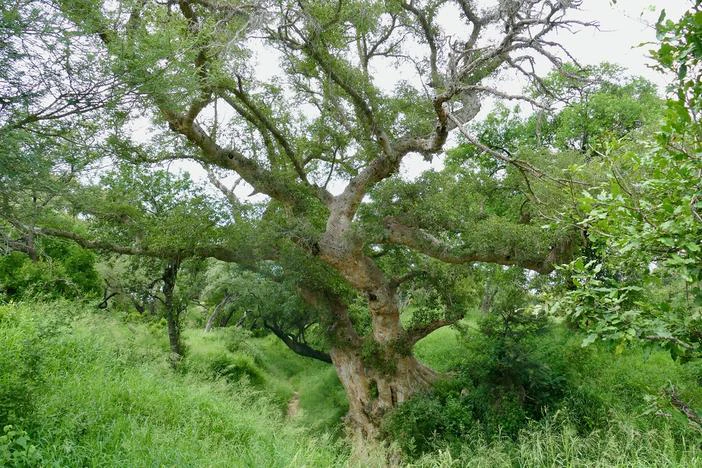Sycamore Fig
(Ficus sycomorus)
Sycamore Fig (Ficus sycomorus)
/
/

Bernard DUPONT
CC BY-SA 2.0
Image By:
Bernard DUPONT
Recorded By:
Copyright:
CC BY-SA 2.0
Copyright Notice:
Photo by: Bernard DUPONT | License Type: CC BY-SA 2.0 | License URL: https://creativecommons.org/licenses/by-sa/2.0/ | Uploader: Bernard DUPONT | Publisher: Flickr


























































Estimated Native Range
Climate Requirements for Lyon, France
| This Plant | Your Site | Plant Suitability for Your Location | ||
|---|---|---|---|---|
| • Precipitation | 1" - 164" | 33" | Your precipitation may be insufficient for this plant. Irrigate N" / year. | Irrigate N" / year |
| • High Temp. | 66°F - 110°F | 81°F | Your summer temperatures are normal for this plant. | Excellent |
| • Low Temp. | 3°F - 73°F | 33°F | Your winter temperatures are normal for this plant | Excellent |
This plant should grow well at your location with about N inches per year (Y minutes per month) of irrigation.
Summary
Ficus sycomorus, commonly known as Sycamore Fig, is an evergreen tree native to a variety of habitats including woodlands, riverine forests, and savannahs across Africa, the Middle East, and the Arabian Peninsula. It can reach up to 20 meters in height and has a considerable spread, often forming a dense, rounded crown with spreading branches. The heart-shaped leaves, which are 14 cm long by 10 cm wide, have a round apex and are arranged spirally around the twig. They are dark green on the upper surface and lighter with prominent yellow veins below, with both surfaces being rough to the touch. The Sycamore Fig is known for its year-round flowering and fruiting, with a peak from July to December. Its bark is a distinctive green-yellow to orange and peels away in papery strips to reveal the yellow inner bark.
The Sycamore Fig is valued for its shade-providing canopy and its ornamental qualities, including its unique bark and the year-round presence of figs, which are small and grow in clusters. It is used in large gardens and public landscapes. The tree is also culturally significant in some regions and is used for its edible fruit and various medicinal purposes. It thrives in full sun and requires medium amounts of water, preferring soils with medium to fast drainage. While it is adaptable to a range of soil types, it does best in well-drained loamy or sandy soils. One should be cautious of its latex when handling the tree, as it can cause skin irritation in sensitive individuals.CC BY-SA 4.0
The Sycamore Fig is valued for its shade-providing canopy and its ornamental qualities, including its unique bark and the year-round presence of figs, which are small and grow in clusters. It is used in large gardens and public landscapes. The tree is also culturally significant in some regions and is used for its edible fruit and various medicinal purposes. It thrives in full sun and requires medium amounts of water, preferring soils with medium to fast drainage. While it is adaptable to a range of soil types, it does best in well-drained loamy or sandy soils. One should be cautious of its latex when handling the tree, as it can cause skin irritation in sensitive individuals.CC BY-SA 4.0
Plant Description
- Plant Type: Tree
- Height: 30-45 feet
- Width: 15-18 feet
- Growth Rate: Rapid
- Flower Color: N/A
- Flowering Season: Spring, Summer, Fall, Winter
- Leaf Retention: Evergreen
Growth Requirements
- Sun: Full Sun
- Water: Medium
- Drainage: Medium, Fast
Common Uses
Bird Garden, Drought Tolerant, Low Maintenance
Natural Habitat
Woodlands, riverine forests, and savannahs across Africa, the Middle East, and the Arabian Peninsula
Other Names
Common Names: Fig-Mulberry, Pharoah Fig, Mulberry Fig, Sycomore, Gemmeiz, Sykomore, Eselsfeige, Higuera Loca, Sicomoro, Figuier D’Adam
Scientific Names: Ficus sycomorus, Ficus gnaphalocarpa, Ficus chanas, Ficus sycomorus var. prodigiosa, Sycomorus rigida
GBIF Accepted Name: Ficus sycomorus L.